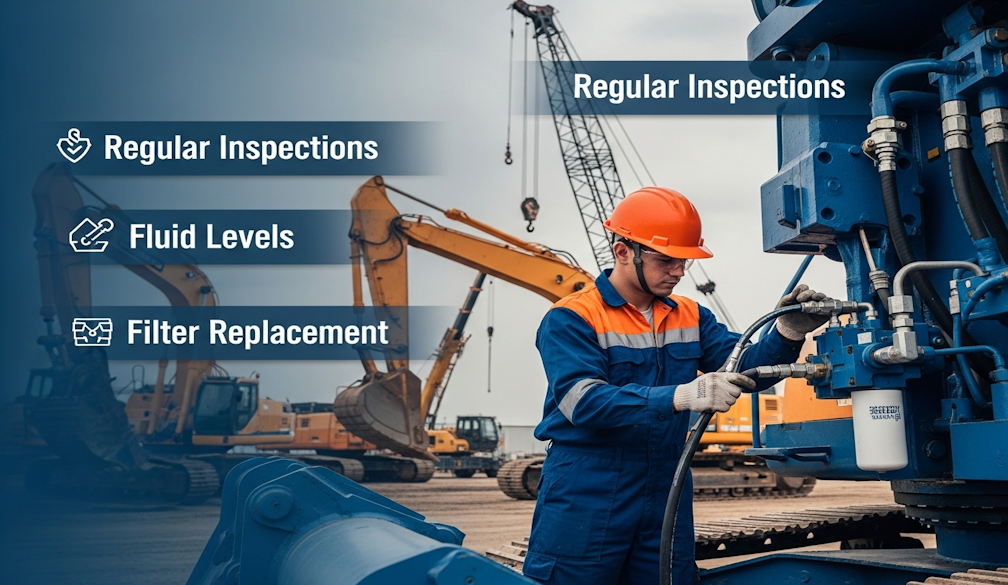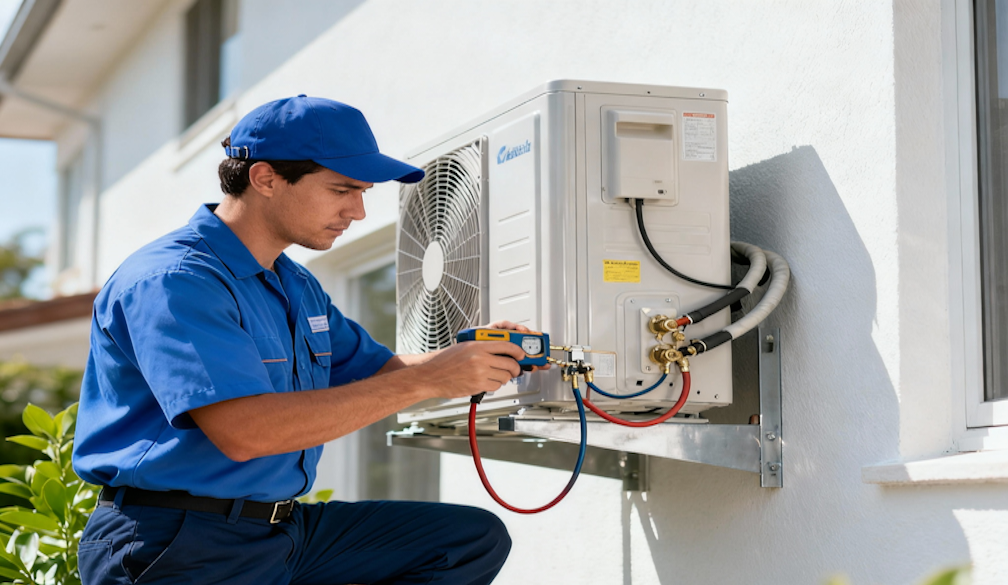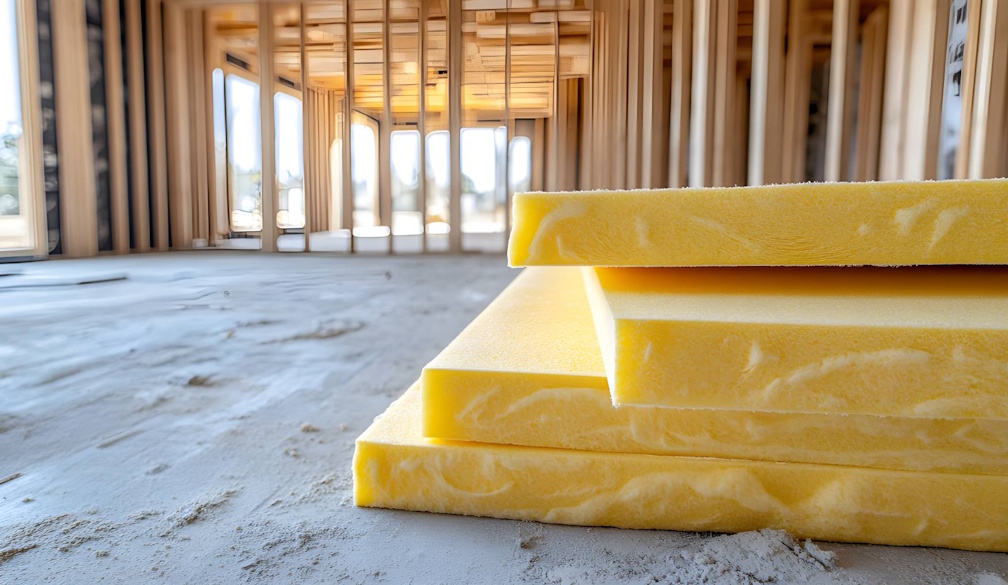Preventive Maintenance Tips for Hydraulic Equipment
- Written by Modern Australian

Hydraulic equipment plays a crucial role in industries ranging from construction and mining to agriculture and manufacturing. Whether it’s powering machinery, lifting loads, or supporting precision processes, hydraulic systems provide the muscle that keeps operations running efficiently. However, like all mechanical systems, they require regular care to perform at their best. Neglecting maintenance can lead to costly downtime, safety risks, and premature equipment failure.
If you’re managing your own fleet or relying on temporary solutions like hydraulic power pack hire, understanding and applying preventive maintenance practices can help extend the life of your equipment and ensure reliable performance.
1. Conduct Regular Inspections
Routine inspections are the backbone of preventive maintenance. Look for visible leaks, cracks, or worn seals, and check for unusual noises or vibrations during operation. Early detection of issues often means they can be resolved before they escalate into costly breakdowns.
2. Maintain Proper Fluid Levels
Hydraulic systems rely on fluid to transmit power. Keeping hydraulic oil at the correct level and ensuring it’s clean is essential. Low or contaminated fluid can cause overheating, inefficiency, and serious damage to internal components. Always use the manufacturer’s recommended oil type and replace it as per the service schedule.
3. Replace Filters Consistently
Filters protect your system by preventing contaminants from entering the hydraulic fluid. Over time, they clog and reduce efficiency. Replace filters at the intervals recommended by the manufacturer—or sooner if you operate in particularly dusty or dirty environments.
4. Monitor Hoses and Connections
Hydraulic hoses are under constant pressure and can wear out or fail unexpectedly if not checked regularly. Inspect hoses for signs of bulging, cracking, or abrasion, and make sure all fittings are secure. Replace damaged hoses immediately to avoid dangerous leaks or bursts.
5. Keep the System Clean
Dirt and debris are the enemies of hydraulic equipment. Contaminants can scratch internal surfaces and lead to premature wear. Always clean the area around filler caps and connection points before opening the system, and store fluids in sealed containers to prevent contamination.
6. Watch Operating Temperatures
Excessive heat is one of the main causes of hydraulic system failure. Monitor operating temperatures and make sure cooling systems are working correctly. Overheating can degrade hydraulic oil and damage seals, pumps, and valves.
7. Follow Manufacturer Guidelines
Every piece of hydraulic equipment has unique specifications and requirements. Adhering to the maintenance schedule and service recommendations outlined in the manual is the most reliable way to ensure longevity and efficiency.
8. Train Operators in Proper Use
Even the best-maintained equipment will fail if it’s not used correctly. Training operators on safe and proper handling of hydraulic machinery reduces misuse and minimises wear and tear.
Preventive maintenance isn’t just about avoiding unexpected breakdowns—it’s about protecting your investment, maintaining productivity, and ensuring workplace safety
Whether you’re running a permanent hydraulic system or making use of temporary solutions like hydraulic power pack hire, regular checks and proactive care will help keep your equipment performing at its best. By staying on top of inspections, fluid care, and operator training, you’ll save time, money, and stress in the long run.


















